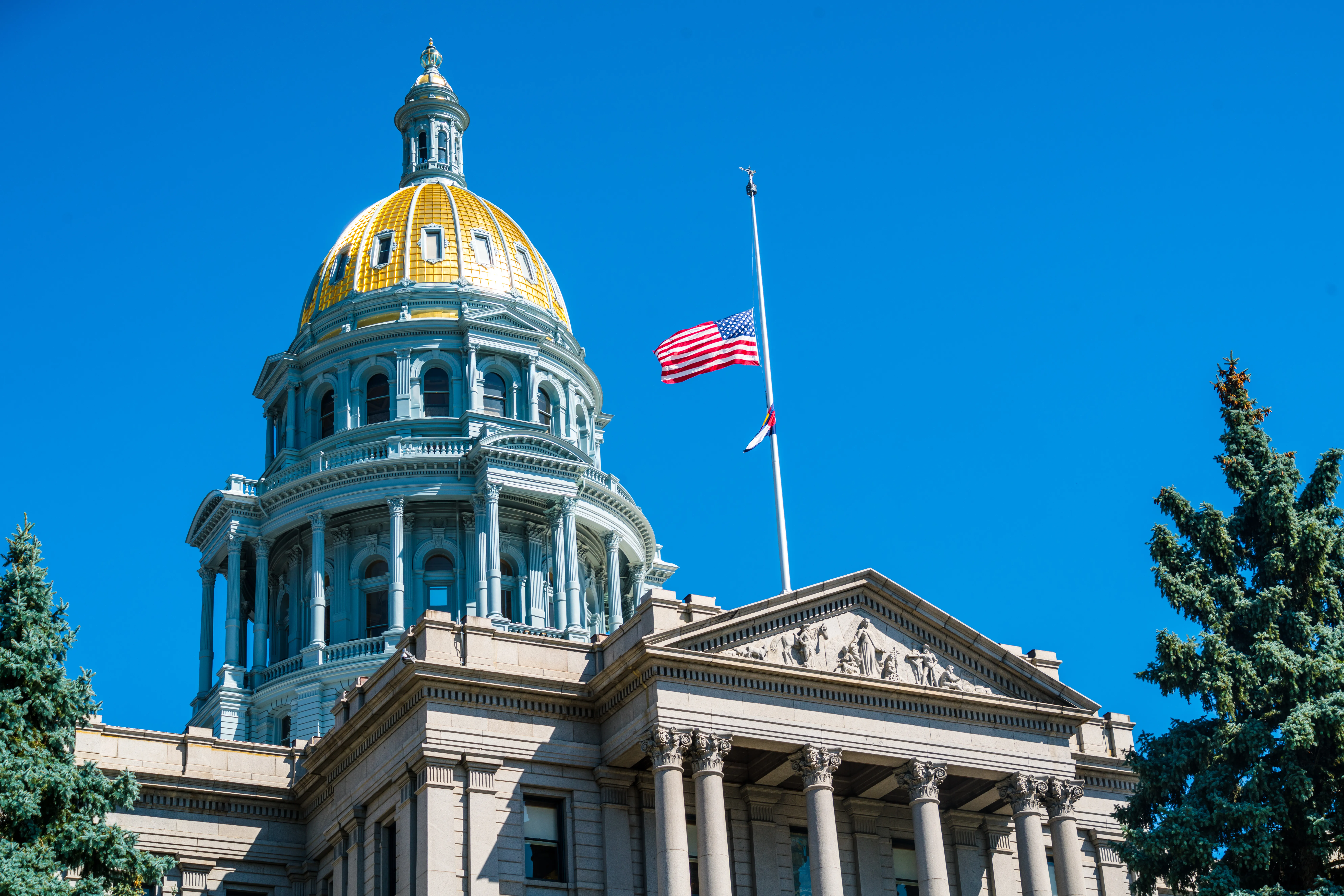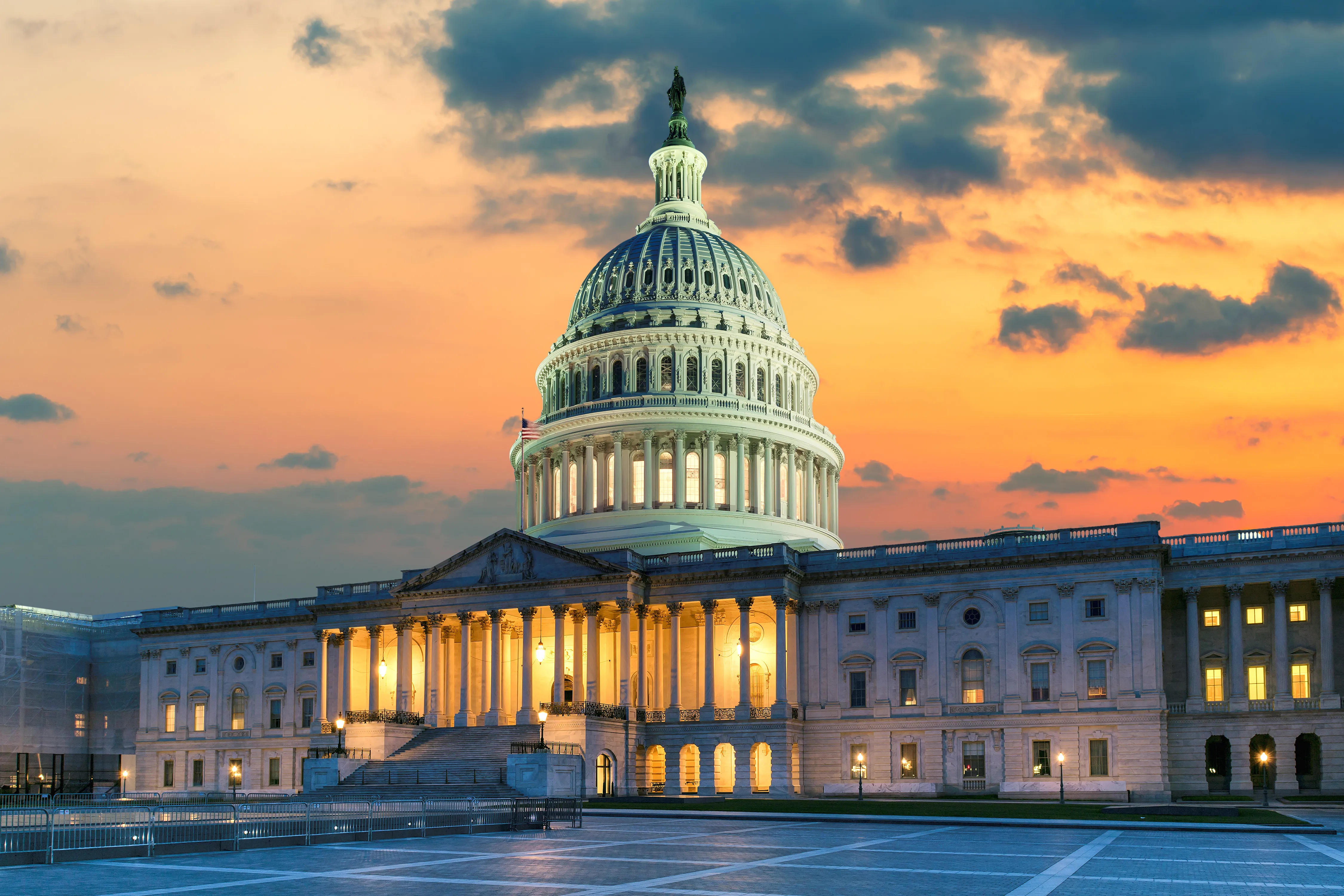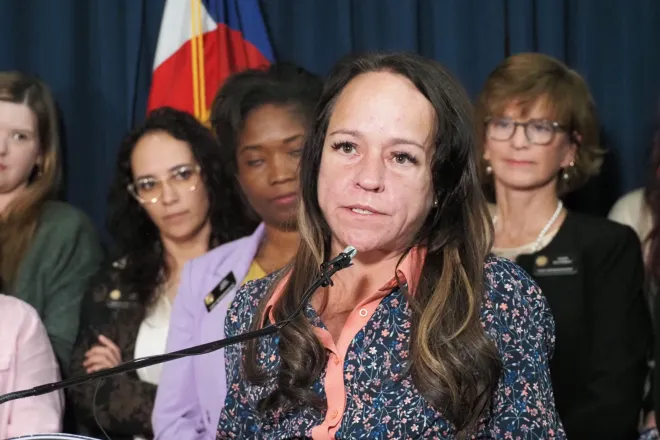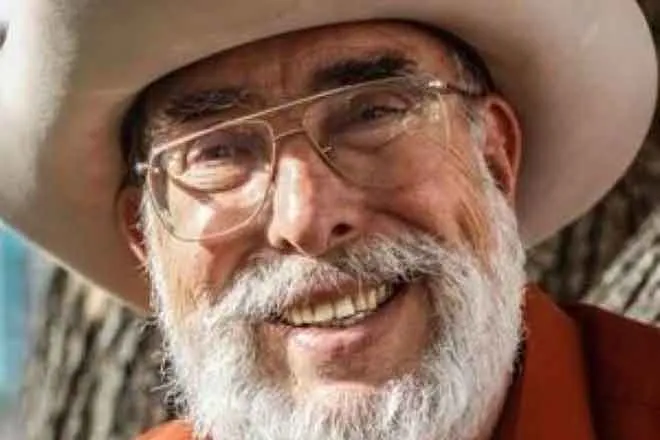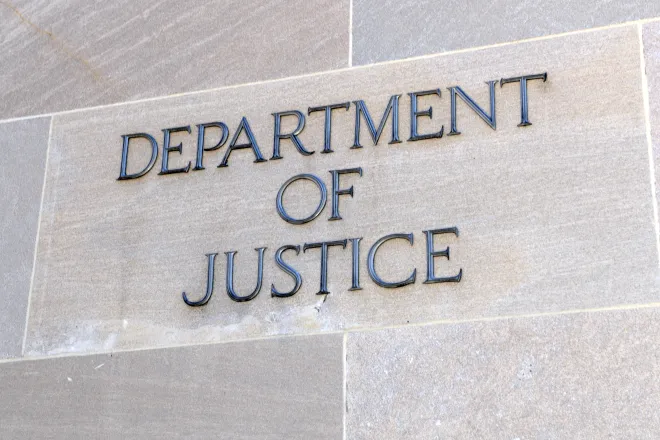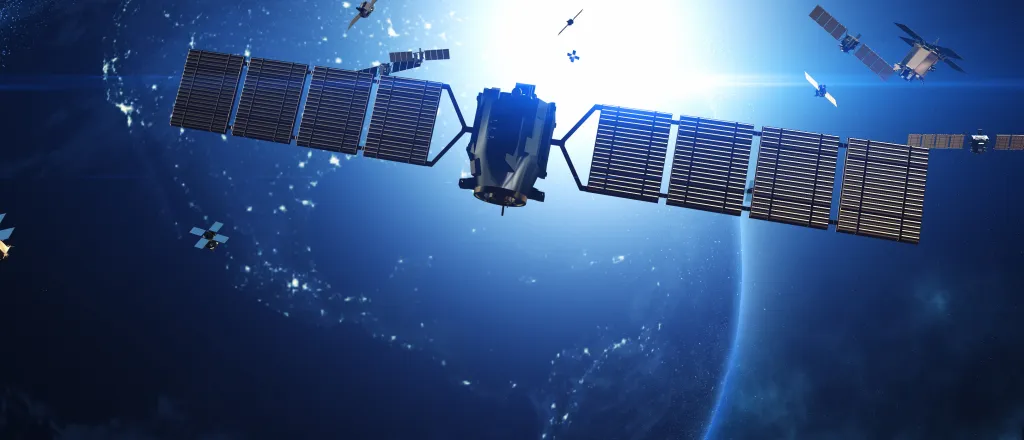
Trump’s proposed satellite cuts raise questions about the fate of EROS in South Dakota
© yucelyilmaz - iStock-2101393672
A preliminary budget request from President Donald Trump takes aim at a satellite program with a 50-year history whose data is housed just northeast of Sioux Falls, at a facility employing hundreds of people.
Trump’s discretionary budget request for NASA would cut $1.1 billion in funding for Earth observation programs, including what the request describes as cuts to the “gold-plated, two billion dollar Landsat Next” mission. The cut amounts to roughly half of the space agency’s budget for Earth observation, which includes money for Landsat design.
Landsat Next is planned as the next generation of Landsat, whose nine iterations have created the longest continuously collected Earth observation record in history. The first satellite launched in 1972.
NASA builds and launches Landsat satellites. The U.S. Geological Survey (USGS) operates them and curates the data collected by them.
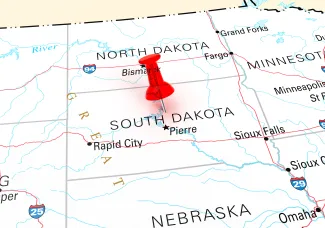
The USGS Earth Resources Observation and Science (EROS) Center near Sioux Falls has housed Landsat data since 1973, in addition to millions of images from other satellites and modern and historical aerial imagery, all of which is accessible at no cost to users. Landsat’s free data is used to calibrate data from commercial satellites, contributing to what the USGS calculated last fall as a $25.6 billion return on public investment since the agency began freely sharing data in 2008.
The most recent satellite in the series, Landsat 9, entered low-earth orbit in 2021. Between that satellite and its near-identical predecessor, Landsat 8, the system gathers new imagery data of the entire Earth’s surface — as well as imagery from spectral bands like infrared that are invisible to the naked eye and measurements of Earth surface temperatures — every eight days.
Landsat Next was set to launch around 2030, with improvements in resolution and speedier repeat image collection.
Trump’s budget request would “restructure” the Landsat Next mission “while NASA studies more affordable ways to maintain the continuity of Landsat imagery, which is used by natural resource managers, States, and industry.”
The request also calls for the elimination of $562 million in USGS funding. The change “eliminates programs that provide grants to universities, duplicate other Federal research programs and focus on social agendas (e.g., climate change) to instead focus on achieving dominance in energy and critical minerals,” Trump’s budget request says.
The cut to USGS amounts to about a third of its $1.6 billion budget.
The budget request is separate from the federal government’s efforts under Elon Musk’s Department of Government Efficiency to pare down the federal workforce.

© JJ Gouin - iStock-1642293566
Probationary employees across multiple federal agencies were first dismissed in February, but many returned to the federal payroll and placed on paid administrative leave after legal challenges.
It’s unclear how those moves to reduce the federal workforce have impacted the EROS Center.
Around 600 government employees and contractors work at the center, according to the latest figures posted on the USGS website, but the site including that figure hasn’t changed since March 2023.
Emails from South Dakota Searchlight to USGS press contacts at EROS and in regional and national offices on the number of employees who’ve departed since Jan. 25 went unanswered.
Searchlight also asked about the potential impact of the USGS budget cut proposal to EROS science programs, and about how changes to the Landsat program could affect EROS.
A NASA spokesperson told South Dakota Searchlight that the agency would be in a better position to respond “once we receive the President’s full budget request in the coming weeks.”
U.S. Rep. Dusty Johnson, R-South Dakota, pointed out that presidential budget requests are “aspirational” and “rarely implemented as written.”
“Dusty will continue to be supportive of Landsat’s efforts in Congress,” said a Johnson spokesperson.
The NASA budget has not emerged as a discussion point in budget reconciliation talks underway in Washington, D.C., on Trump’s so-called “big, beautiful bill.”
U.S. Sen. Mike Rounds, R-South Dakota, sounded similar notes in his response to questions about Landsat.
“The president’s discretionary budget is just that — discretionary. It outlines the president’s priorities and wish lists, but it will ultimately be our job in Congress to set the budget and appropriate federal dollars,” Rounds said in an emailed statement.
Representatives for Republican Senate Majority Leader John Thune of South Dakota did not return emails requesting comment on Landsat and EROS.

© NicoElNino - iStock-1059548518
Republican South Dakota Gov. Larry Rhoden told Searchlight during a visit to Sioux Falls recently that he hadn’t heard about requested cuts to the satellite program or to the USGS.
Even so, Rhoden said he trusts that an open relationship with the Trump administration on South Dakota’s priorities will help preserve them through budget negotiations.
A poster on display at the USGS Earth Resources Observation and Science Center on May 7, 2025. (Courtesy of Janelle Atyeo)
“They give you some wiggle room as far as what your priorities are, and so I’m kind of optimistic that they are tempering some of those decisions with common sense,” Rhoden said.
Trump’s actions have had at least one public impact on EROS, though not an operational one.
EROS is home to a supercomputer whose processing power is shared across multiple arms of the Department of Interior. The system came to EROS with the name Denali, named after the tallest peak in the U.S.
Like the Alaska mountain after which the computer was named, the Denali system at EROS was renamed “McKinley” after the issuance of a Trump executive order.
Denali has long been the mountain’s name among Alaska’s Indigenous Athabascans, but the federal government embraced the name given to it by a prospector for about 100 years. The prospector called it “Mount McKinley,” after then-presidential candidate William McKinley.
President Barack Obama renamed it Denali in 2015, matching the name the surrounding national park had taken nearly 40 years earlier.
The order does not mention the USGS or supercomputers, but rather instructs the Department of Interior to “update the Geographic Names Information System (GNIS) to reflect the renaming and reinstatement of Mount McKinley.”
The EROS supercomputer’s name was changed based on the order, however.
“Pursuant to President Trump’s Executive Order No. 14172, ‘Restoring Names that Honor American Greatness,’ this supercomputer has been renamed to McKinley,” a poster in the EROS visitor area now reads.


